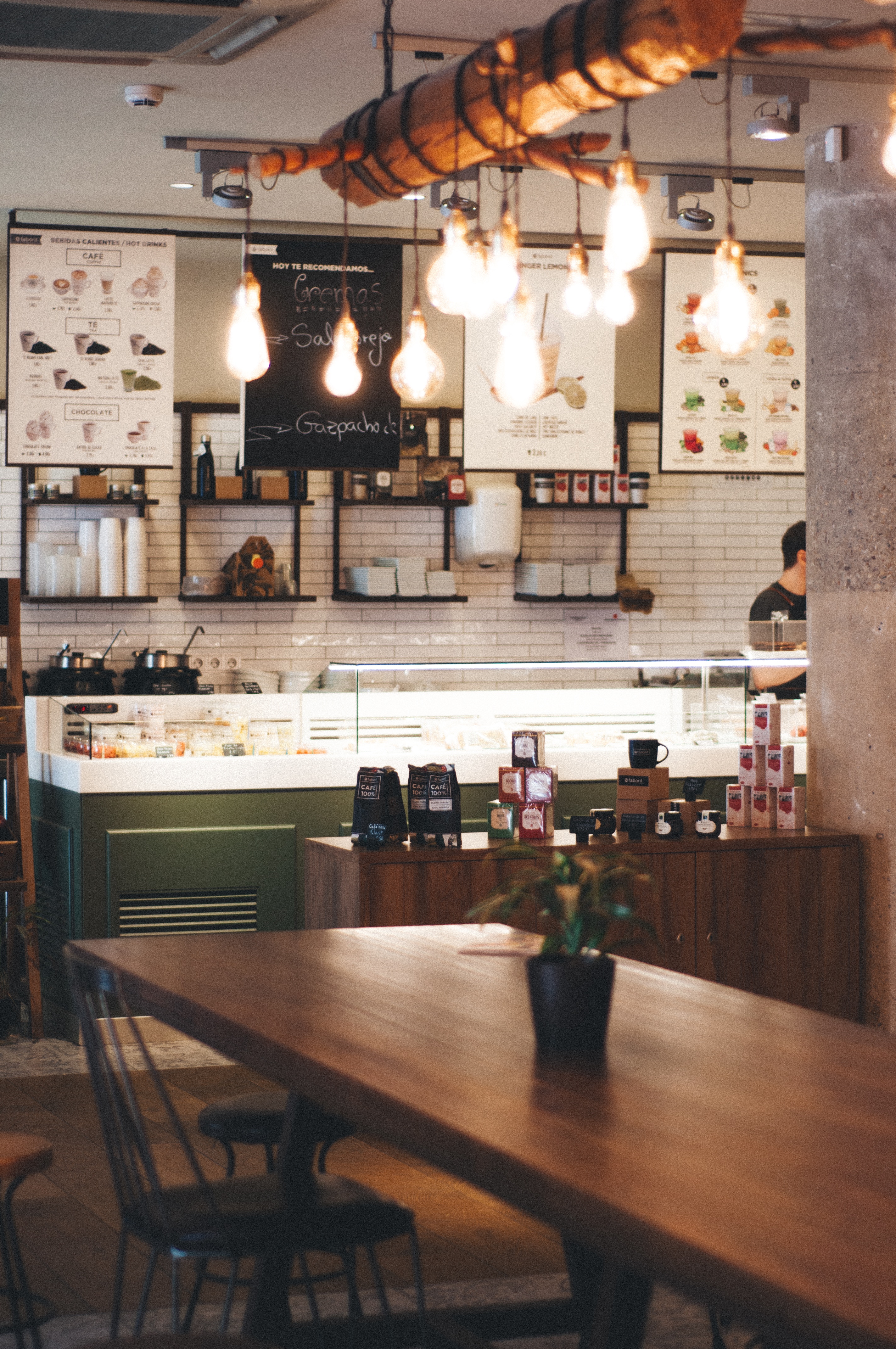Restaurant Menu Design Tips and Tricks to Increase Profits
4 Min Read By Rich Lansdale
Menus are not just a list of things to eat and drink. To make your menu work as hard as you do, you need to put some thought and effort into the design. A great menu will help you market your establishment and emphasize your more profitable dishes.
A properly designed menu can also improve your guests’ dining experience by presenting your selections in a way that impresses and makes them regular patrons. These tips and tricks will help you fashion the right menu to accentuate the strengths of your cuisine and dining facility while increasing revenue.
Organization
Don’t overload your customers with too many images or text. Too much or too little content and your patrons might lose interest or miss something important.
Organize the appetizers, drinks, entrees and desserts in a logical arrangement that won’t take too much effort to follow. It needs to make sense to the reader and follow the typical customer’s drinking and eating patterns.
Select Your Images Carefully
Use high-resolution, professional photographs in a tasteful and eye-catching manner. You want the image of your signature dish to be especially visually appealing.
Highlight Your Specials for the Day/Week/Month
Give some thought to how you want to draw the reader’s eye to your specials. You might want to use a text box, bold color or arrows pointing to this text.
Most patrons don’t spend a lot of time reading an entire menu, especially one that offers a large number of dishes.
Use Clear, Quality Text
Clear, direct text describing each dish creates an effective menu. Pay attention to your grammar and spelling. Fonts are important. Use an easy-to-read font rather than something that looks dated or hard to follow, like the old-fashioned Helvetica font.
Use creative prose that appeals to your customer’s appetite. Instead of “turkey with gravy,” say something like “fresh, oven-roasted turkey with home-made gravy.” Don’t try to impress your clientele with clever, witty descriptions or terms only found in culinary classrooms.
Contrasts and Colors
Your color scheme is vital. Once you have the font, text and other issues settled, determine the colors you want to emphasize. Using a few high-contrast colors will significantly improve the visual appeal. The color scheme should complement your brand and the atmosphere you want to create.
Include a Higher-Priced Item
Including a higher-priced dish will shift other items on your menu. Your intention isn’t to sell a lot of the $50 lobster, but the $30 surf and turf might yield a higher return. Most diners are reluctant to purchase the most expensive item on the menu, but if you place an entree you want to move next to the higher-priced dish, you will sell more of the reasonably priced item.
Don’t Price Too Low
Too often, restaurateurs are afraid to mark up prices. When people eat out, they spend discretionary income since it is a special treat. They expect to spend more eating at a restaurant, especially if it is a date night or a special occasion.
However, if you cater to a low- or middle-income crowd, keep in mind the price barrier. Currently, the price barrier is $20. Most casual diners will balk at menu items above $20. Ensure your prices reflect these realities.
Price Rounding: Up or Down?
Is it better to charge $9.99 or $10.00 — or does it matter? The answer is: It depends on your type of establishment. If you have a high-priced, upscale establishment, then rounding up to the nearest dollar will not appear unappealing to your customers. They expect to pay more at an upscale restaurant.
However, if your demographics are more middle or lower income, the psychology of rounding down can make a difference. It has a bigger effect if the dish costs less.
For example, mark up that side of toast to $1.95 instead of $2.00 if you want to maximize your chances of repeat business.
Re-invent Your Wine List
Most diners are not wine connoisseurs, and their enjoyment is often based on how much they pay for it. While many order the least expensive bottle of wine, most order the second least expensive bottle, so ensure both have a high markup. Also, include at least one bottle of expensive wine on your wine list so your inexpensive wines look like a great deal!
Upsell the Comfort Items
Have your menu spotlight the profitable, comfort-food items, like desserts, beer, coffee, tea and soft drinks. In fact, place a box around them because it draws attention. You can use this tactic for high markup dishes too.
Use More than One Menu
If you serve two or three meals a day, you can overwhelm customers with too many choices. Break down your offerings based on the time of day. Consider printing a breakfast, lunch and dinner menu if your place of business serves all three.
Reduce Clutter
Too many items on the will affect the quality of your food and confuse patrons. If you have too many offerings, your stock isn’t turning over, and you will have a lot of spoilage. The more items you have on your menu, the more difficult it is for customers to make a choice, which means you aren’t turning your tables over as quickly. Limit your menu so your ingredients are always fresh, and you can turn over the tables several times during a shift.
Be Creative in Your Offerings
Hamburgers make a great lunch or dinner item. Consider, however, spicing up the offering by listing two or three different types of burgers with various trimmings or sauces. This does not cost much, especially if you use local, seasonal produce.
Encourage Feedback
Encourage customer feedback on your menu. Along with service questions on a feedback form, ask what your clients think about the menu.
Research the Competition
If you run a steakhouse, review the types of menus used at other steakhouses in the area. Which ones stand out? Which ones seem blasé? You may find that investing in specialized equipment, like a frozen beverage machine, and adding that to your menu will set you apart.
Compare their pricing to yours and see if you can tweak your numbers to make yours more attractive to your demographic. That way, you can occupy a dynamic space within the industry that enjoys a healthy rotation of loyal customers.


